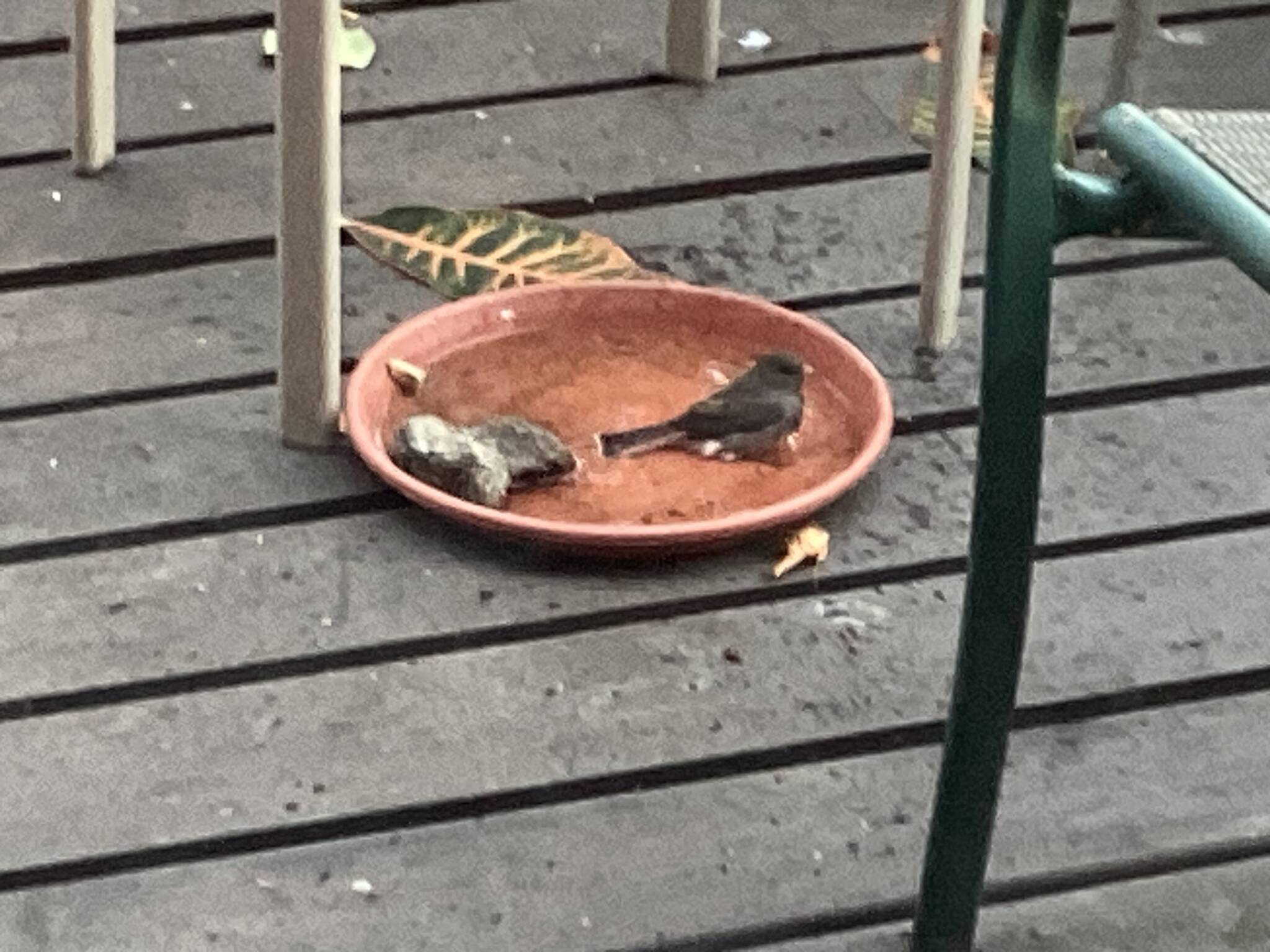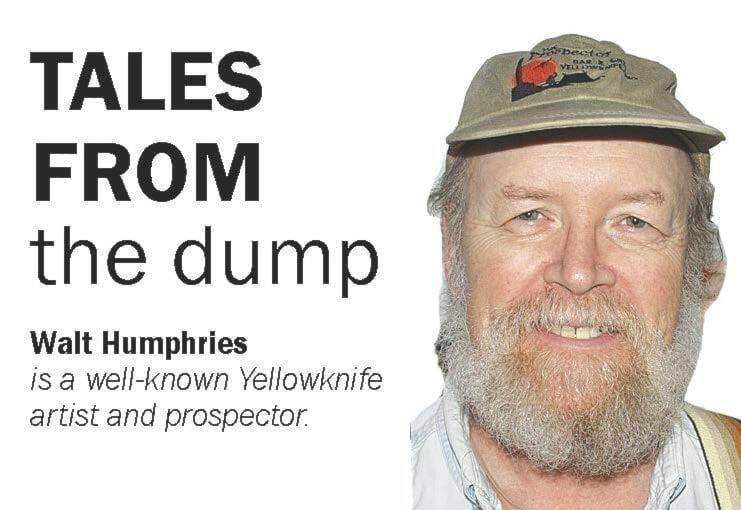We were given an order to leave Wednesday night to be out by Friday at noon, less than two days to evacuate the city, so a lot of people left in a hurry.
Now that most people have returned, it is going to take days and probably weeks to get everything back up and running. Also, people have to adjust to the rapidly changing seasons. Enjoy the fall colours while you can.
People are also having issues with spoiled food, fruit flies, rodents, water heaters and furnace issues. Things that have been shut down or not used for three weeks may not want to be restarted. There is also the question of a shortage of workers because some people have decided not to return or are slow in returning.
In a Sept. 8 report by NNSL Media, the mayor was reported to say that the city plans to have a third-party review of its declaration of an emergency and then the evacuation and repatriation. They will discuss it in their Sept. 25 council meeting, probably to outline the reviews scope and mandate. I wonder what the GNWT will do because they also declared a NWT-wide emergency and I believe it was the GNWT that called for the mandatory evacuation of Yellowknife, Dettah and the Ingraham Trail.
A review is probably a good thing, but I would also like to see something more because this was a rather historic event, and it should be well documented from several different perspectives. Maybe some sort of inquiry where officials need to testify under oath in order to cut through the usual political spin. I would like to know just how much this evacuation cost the government and the general population. The inquiry could collect many of the stories of what individuals went through as well.

When we left, the instructions were to turn off and unplug as many appliances as possible. When people returned, apparently not all those appliances started up as they should, and some people ran into plumbing and heating problems. Were they related to the evacuation and, if so, how? Were there any water pressure issues or electrical issues while we were gone?
The city gave a few short days for people to take stuff to the dump, a sort of amnesty for evacuation-related garbage, however that was over before many people had even returned. Personally, I think the amnesty on evacuation-related garbage should have been in effect for weeks, not days. All the brush and garbage should be cleared and taken to the dump for free.
Also, what about the wildlife and how was it affected by all the forest fires? One summer I worked in a bush camp near a big forest fire. Every couple of days we had a bear wander by. Hungry displaced bears trying to find food and trying to get out of the fire’s wrath. I have heard rumours that a number of bears wandered into Yellowknife and had to be put down. How many, I don’t know but out of curiosity I would like to know.
Also, since we didn’t get burnt out, a lot of the migratory birds are avoiding the fires and the burnt-out areas because there is little food for them there. It seems to me that more little birds are passing through here than is normal. I filled a couple bird baths when I got home, and they are getting a steady stream of birds having baths. So, from a wildlife point of view how are all these fires affecting them? That is something that is also important to document.
Are we going to get a bunch of mushroom pickers returning to the North next year to harvest the morel mushrooms? And what about black-backed woodpeckers who like burnt out years? I also expect to see a whole lot of fireweed next summer in all the burnt out areas.
So this is a great learning experience from a human and a wildlife perspective and we should collect as much information and data as possible. It was also a rather historic event and should be treated as such. I suspect some people fared rather well due to it, while others did not and that should all be documented. So, to my mind, we need a complete documentation of what went well and what didn’t in case this ever happens again.
